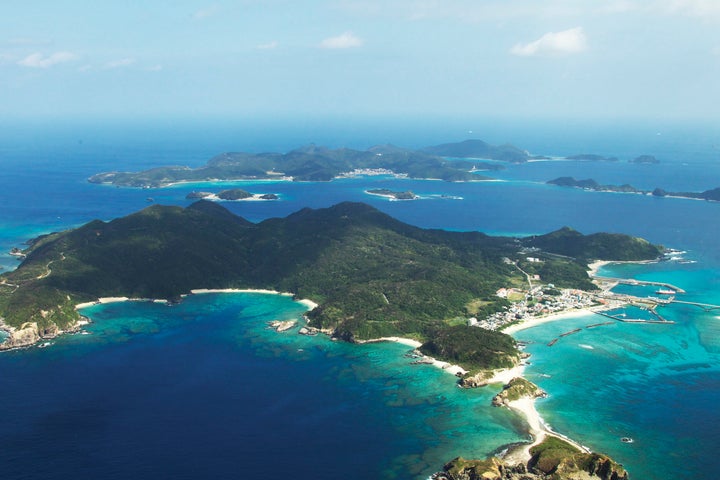
One of the reasons people head to Japan is to visit a country unlike any other – it’s a destination famous for its quirkiness, heritage and unique approach to life. And Okinawa is a wonderful amalgamation of all of these things – a place where sun-kissed beaches, delicious food and a rich history have combined to create a destination unlike any other…
Let’s face it – if we lived somewhere as beautiful as Okinawa, we’d quite like to live to 100, too. And so many Okinawans live beyond 100 that a research body – the Okinawa Centenarian Study – has been created to explore the reasons for residents’ longevity. It’s thought the reasons include a diet rich in the right kind of carbs and plenty of fruit and vegetables. Okinawa’s sub-tropical climate means there are plenty to choose from, whether it’s leafy greens or bitter melons.
The presence of tightknit communities plays another role. In Japan, strong social networks are considered hugely important, and this is especially true in Okinawa, where islanders form social networks known as moai.
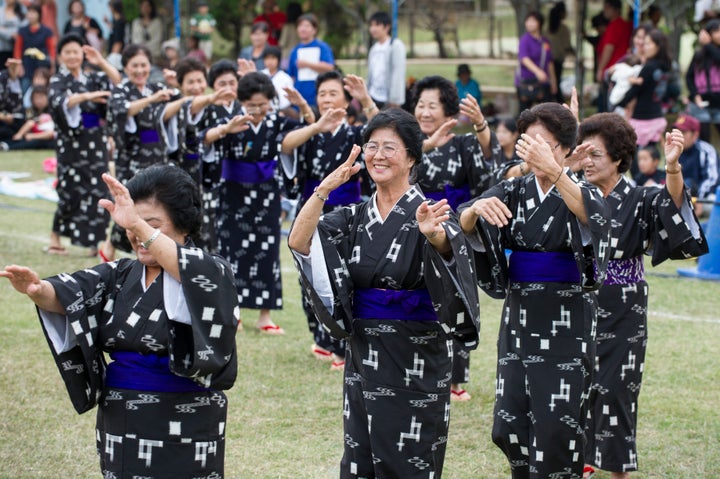
The purpose of these groups isn’t just to reduce the risk of loneliness – members will share advice, exercise together and offer financial assistance. It’s a kind of safety net, and the fact that over half of all Okinawans are part of these moais backs up experts’ suspicions that they’re partly responsible for Okinawans’ legendary longevity. Okinawans are known for their positive outlook and these social groups are a key part of that. And while we’re not suggesting a week or two in Okinawa will add years to your lifespan, the locals’ sunny dispositions certainly make this balmy prefecture a joy to explore.
It’s wonderfully wild
Okinawans are also known for their love of the great outdoors – hardly surprising given the breath-taking landscape of this sub-tropical paradise.
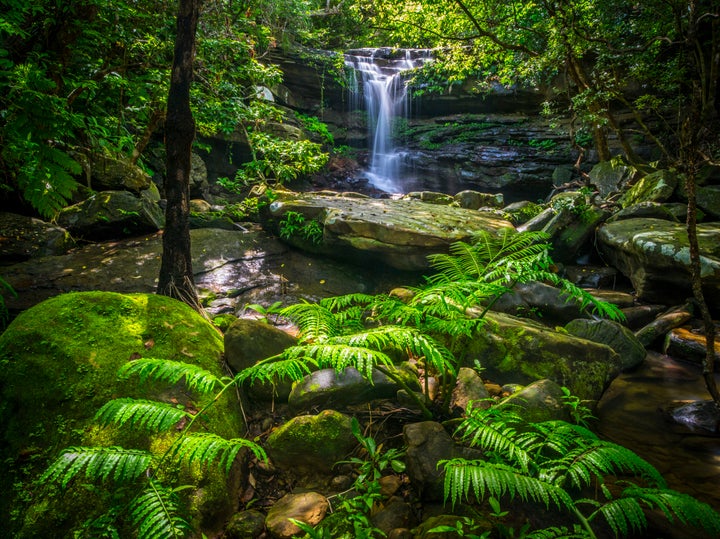
Sugar cane, pineapple, papaya and melons all thrive in its fertile soils, and it’s a paradise for wildlife - endemic species include the Okinawa habu (a species of snake), the Okinawa woodpecker and the Iriomote cat. The prefecture’s 100-plus islands are made mostly of coral and limestone, hence Okinawa’s status as one of the world’s best caving destinations. The abundance of coral is also the reason for Okinawa’s fantastic diversity beneath the waves – its sprawling coral reefs attract a wide range of marine life, ranging from sea turtles and jellyfish to sharks and sea snakes.
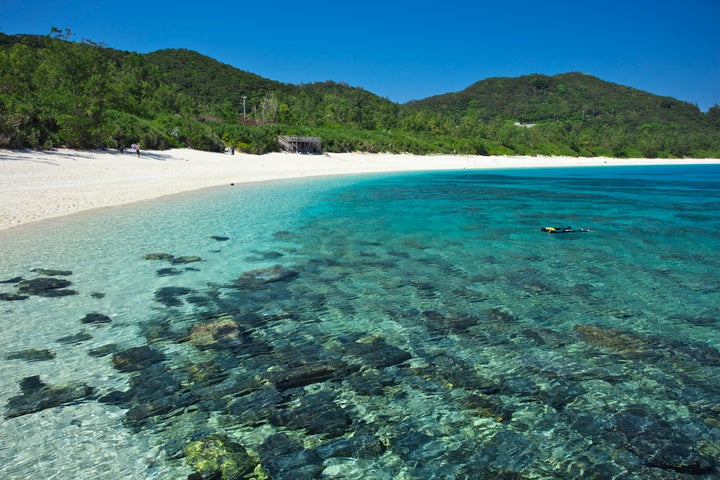
It’s got some of the best beaches in the world
Few visitors realise how gorgeous its beaches are – long stretches of soft white sand which rival the prettiest beaches in Indonesia, Thailand and Cambodia. And you don’t have to go far to get to them – Okinawa island alone has 130 recognised beaches, while Tokashiki island – a 35-minute ferry ride away – is famous for its glass-clear waters and bright white sand (Aharen Beach is one of our favourites). The shallow waters which surround Miyakojima Island’s Yonaha Maehama Beach make it a popular snorkelling spot, and its size (it’s over seven kilometres long) means there’s plenty of space to lay out your beach towel for that all-important sunbathing session.
Even the alcohol has health benefits
Finally, if you thought the Okinawans’ tipple of choice was sake, think again – in Okinawa you’re much more likely to come across awamori. In fairness, it’s not far-removed, and often referred to as the region’s signature sake. In Japan, 80 per cent of awamori is consumed by Okinawans, who got their first sip of this potent spirit in the late fifteenth century, when it was the official drink of the Ryukyu Kingdom (which later became Okinawa).
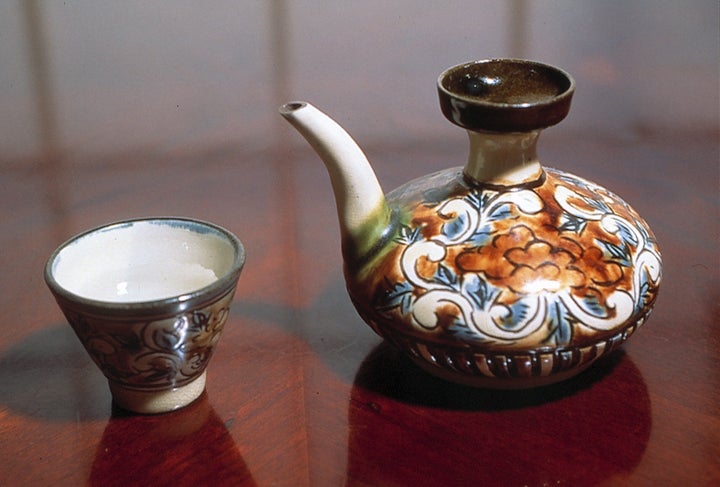
During WWII’s Battle of Okinawa, all of the island’s distilleries were destroyed – barring one. The Tsukayama Distillery was used as a base by American forces and when it was returned to its owners after the war, awamori quickly became Okinawans’ favourite tipple once more. However, it’s more than just a drink – due to its potency, awamori is sipped from tiny, thimble-sized glasses, known as chibuguwa. Their size means that for the traditional pre-tipple toast, drinkers must sit close to each other, which is partly why awamori is known as a drink which brings people together. It’s also got an incredibly low calorie count and is sugar-free (thanks to its distillation process). Additionally, a recent study discovered that its fibrinolytic enzymes can boost blood circulation.
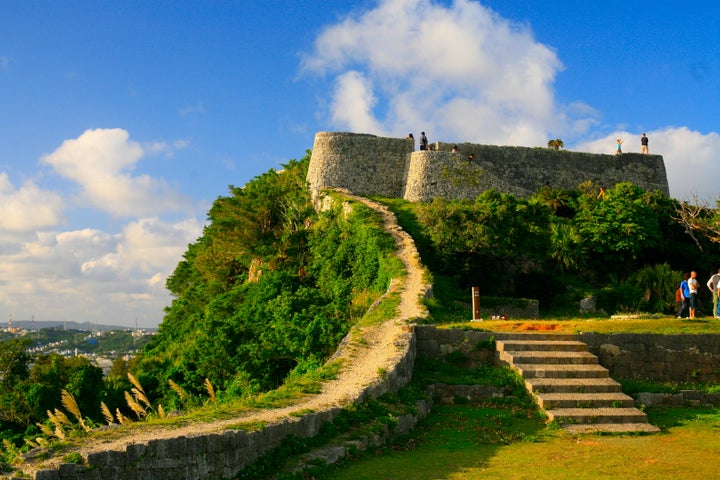
It’s got a wonderfully rich history
You’re never far from a heritage site in Okinawa, whether it’s the towering ruins of Katsuren Castle, with its ornate stone walls and strong connections with the Ryukyu Kingdom’s most powerful figures, or the Tamaudun Royal Mausoleum, with its stone sculptures of phoenixes and dragons. One of the most famous sites is Nakagusuku Castle, a hilltop fortress partly designed by Gosamaru, a fifteenth-century Ryukyuan Lord revered for his castle-building skills. His contributions here include wall sections built using a stone-laying technique known as aikatazumi.